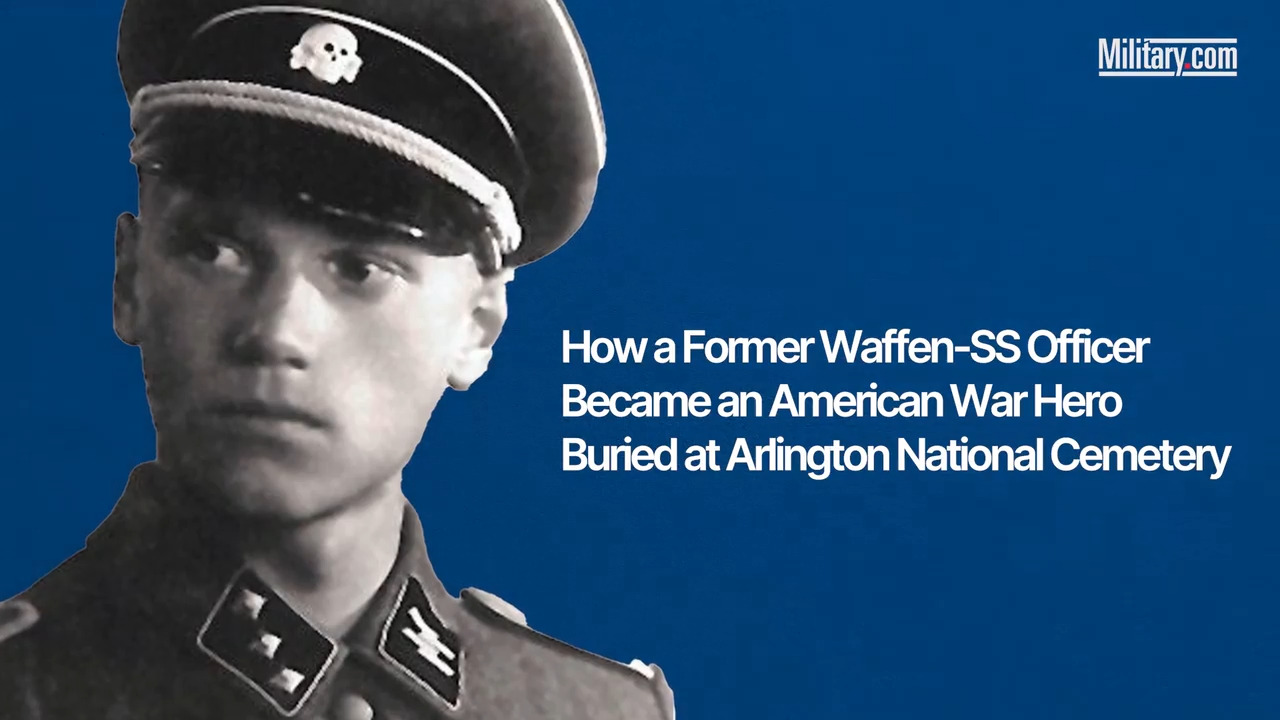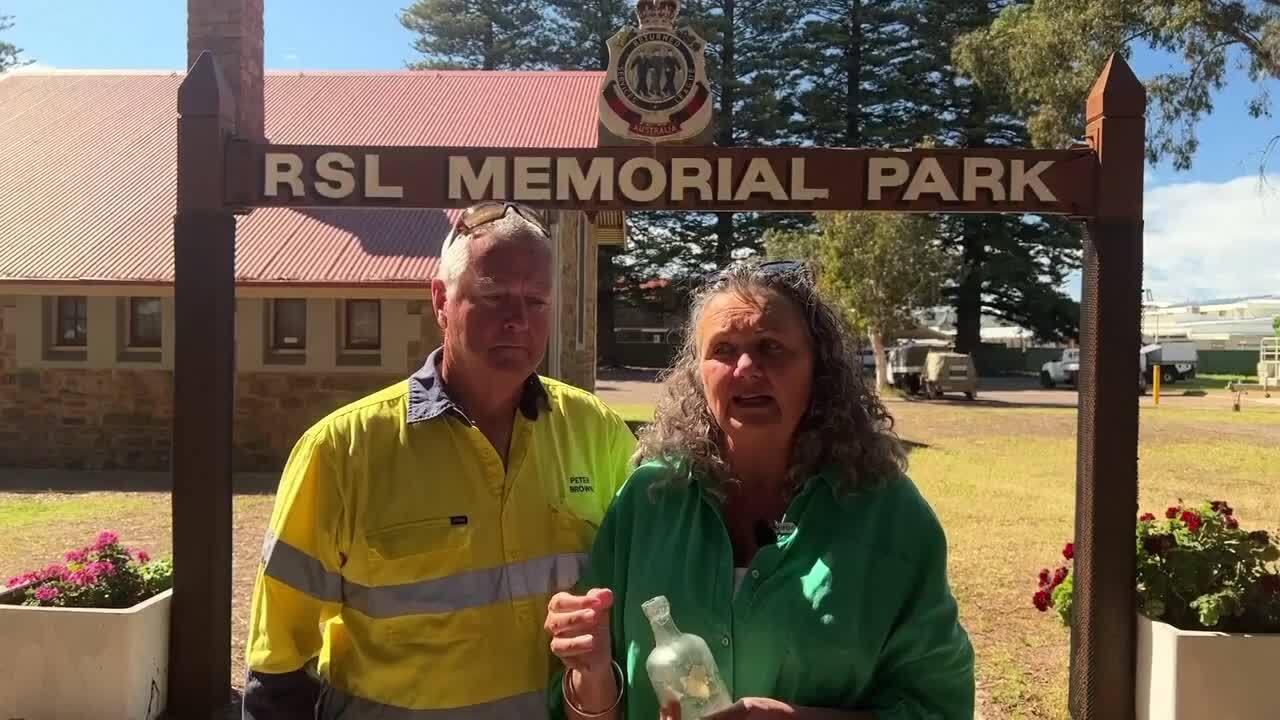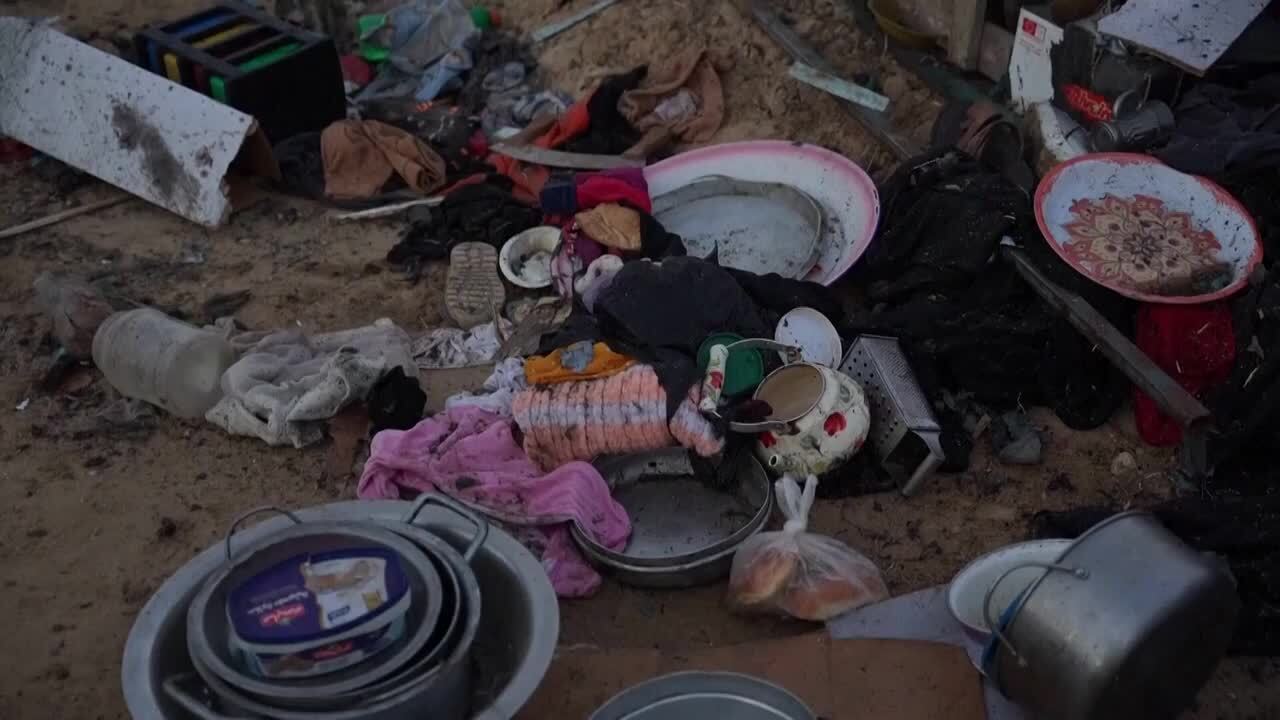The weather conditions are treacherous. But that's to be expected for members of the New York Air National Guard's 109th Airlift Wing who participate in the U.S. Air Force's Operation Deep Freeze mission in Antarctica.
Members in charge of flight operations wrestle with unexpected challenges when delivering supplies and cargo to scientists conducting research at the southernmost point of Earth's surface.
Because of the temperature -- which can drop as low as 50 degrees below zero -- the Guard's LC-130 aircraft are equipped with ski-like landing gear and sometimes drift over ice as loadmasters drop equipment from the cargo door. To get out of white-out conditions in desolate areas at high altitudes, the planes employ takeoff rockets to get airborne at a safe speed.
The operation has been ongoing for 60 years.
From about October to February each year, about 100 airmen stay at McMurdo Station, the central hub of operations supporting the National Science Foundation's Polar Program research effort, said Lt. Col David Panzera, director of the 109th Airlift Wing's program integration office.
As many as 500 airmen can rotate through to support the cargolift operation, which involves two to three LC-130s.
An element of Air Force maintainers stays up in Christchurch, New Zealand, with two additional aircraft for obvious climate reasons, Panzera said, but McMurdo can grow to 1,000 station personnel.
Year after year during the surge of building McMurdo, and constructing and flying to the South Pole station -- built with roughly 24 million tons of cargo brought down by C-130 in the last six decades -- some crews saw 400 or more flights.
"When you land in the South Pole on an average day, it's minus 30 degrees and you're standing and landing on ice that is two and a half miles thick, you're 9,300 feet above sea level, and there's a whole host of challenges that come with touch operations," Panzera said in a recent interview with Military.com.
Panzera was at McMurdo Station, Antarctica, at the time of the phone call interview, but has since returned home for the holidays before he heads back Jan. 25 to finish his rotation.
Panzera was also not on site when famous astronaut Buzz Aldrin, the second man to step on the Moon, was airlifted out of the South Pole after he fell ill on a visit there last week.
But Panzera sang the praises of the 109th for airlifting 86-year-old Aldrin in a safe and secure manner during a recent press conference outside the wing's Stratton Air National Guard Base, New York.
"We've made in essence a dangerous mission safe," Panzera said, addressing local reporters Thursday.
Assisted Takeoff, More Remote Places
The 109th operates the LC-130H, H-2 and H-3 variants, Panzera said. The Guard unit has 10 LC-130s total at Stratton.
"Aircraft are standard C-130s but have been modified with skis that allow us to operate at our maximum takeoff weight -- between 125,000 to 155,000 pounds," he said. Depending on mission requirements, the C-130s usually take somewhere between 25,000 to 35,000 pounds to the continent.
For the airmen, this amounts to 10-12 hour days, six days a week in the supreme cold climate.
Panzera said the mission began transitioning from the Navy to the Air Force in the late 1990s, around the same time he began his trek down there.
"[We've been] the sole source provider for heavy, Antarctic airlift to the National Science Foundation, both in Antarctica and up to the Arctic and Greenland," he said.
Year after year during the surge of building McMurdo, and constructing and flying to the South Pole station, some crews saw 400 or more flights.
For the 2016-17 schedule, there are 350 flights planned throughout the region, but "a good amount of them going to other areas in Antarctica, so now that the station is built, the focus is more about going to other scientific locations where they're doing studies of all kinds," Panzera said.
The climate conditions are not kind.
These locations "are more challenging to get into, more austere, [the crews] are on the ground longer," and are some of the places where airmen use the ATO rocket capability, Panzera said.
"No one sees Fat Albert fire rockets anymore because they're not available," he said of the Blue Angels' heavy-lift C-130T Hercules operated by a Marine Corps crew. "We're the only ones that have them."
The assisted takeoff rockets are a staple of wars past. During World War II, small rockets were used to make takeoff time shorter, largely employed by the German Luftwaffe, according to The Aviationist blog.
Related Video: C-130 Fat Albert Jet Assisted Takeoff
Panzera said the U.S. has reached out to allies for assisted takeoff rockets (noting he doesn't consider them to be Jet-Assisted Take-Offs, or JATO, as the capability is commonly known because "they're not jets, they're rockets") in recent years to try to keep as many as they can on hand.
"Because to take off in this airplane in an 'open-snow' condition at altitude … your engines are not going to produce nearly enough thrust, and the engines can't produce enough at 11,000 feet [above sea level]," he said.
The rockets, some dating back to the 1950s, have to be inspected thoroughly to make sure they'll be useful or won't explode prematurely. The Air Force has looked into developing new ones, Panzera said, but a recent rough estimate showed one non-reusable rocket would cost around $20,000 each.
"Imagine paying $160,000 to do one takeoff," Panzera said. Since 1994, he said he's seen only 13 ATO takeoffs -- and for good reason.
The rockets take up lots of space that could instead be used for research supplies or aid, and to propel with such force uses more fuel, he said.
Necessary Research
Panzera flew from New York to Travis Air Force Base, California, to Hawaii, to the American Samoa to New Zealand in roughly 40 hours of flight time over four days through 18 time zones.
But he, just like airmen from the 109th, does it for a mission that is not considered mil-to-mil training, and requires no weapons. It's distinct, and for a good cause.
There are 50 Antarctic Treaty nations, representing about two-thirds of the world's human population, according to the NSF's website.
"All of Antarctica is reserved to the world for scientific research and study," including avid trekkers such as the French, Russians, Chinese, Canadians and Italians, Panzera said.
"Everything that we do is in support of joint-effort science," he said. "The missions to the South Pole [are to deliver] food, different fuels, scientific gear, equipment and supplies, and we also take out all the waste -- nothing on this continent stays."
In addition to transporting scientists and researchers, the Guard also airlifts highly critical scientific samples such as ice core specimens, Panzera said.
The research itself is an assortment: anything from glaciology, plate tectonics, volcanology, marine biology, atmospheric studies, oceanic studies, paleontology, meteorite studies, astrophysics, and space studies.
McMurdo is the support line to various research camps, run by an NSF manager, that surveyors have set up across the glacier.
"A good amount of folks will go out to various camps, and we won't even see them until we go out to those camps," Panzera said. Sometimes basic necessities can be delivered daily via helicopter or, for example, a Canadian de Havilland DHC-6 Twin Otter aircraft.
But "when heavy airlift has to be done, we have to be the ones to do it, and there is a serious effort done to carefully look at a landing area where we can either smooth out or [somehow] make for a C-130 to land," he said.
Runways on Ice
Sometimes, the New Zealand military will send over its C-130s, the Royal Australian Air Force and U.S. Air Force its C-17 Globemasters. But to have additional militaries, to have any party come over to land, Panzera said, there has to be more.
The Pegasus Ice Runway, one of the runways of the three airfields at McMurdo, can't sustain the traffic. Pegasus is in an area that causes it to melt and pool as the ice shifts and is far harder to maintain.
"There's a new runway … that's going to be much better than Pegasus," Panzera said.
The new runway area, called Phoenix, was completed last month using compressed snow "harder than concrete; it's unbelievably strong," he said.
On Nov. 15, a C-17 from Joint Base Lewis-McChord successfully landed on Phoenix, indicating McMurdo could soon take on more cargo aircraft and more people.
To Panzera, this is the "final frontier of flight on the planet." And the Air Force excels at it.
"If I could brag about our maintenance people for days, I would," Panzera said, "because you're talking about men and women who produce [high] mission capability rates … in an area where they don't even have hangars, they don't have any way to get out of the weather, they're down there in sometimes negative 20 degrees … it is rotten to work in.
"Some people gripe about where they're at, what they're doing. But let me tell you what some people do down here, and they do it with a smile on their face," he said.
Editor's Note: This story has been updated to clarify the construction of the South Pole station.
-- Oriana Pawlyk can be reached at oriana.pawlyk@military.com. Follow her on Twitter at @Oriana0214.
Related Video:




























